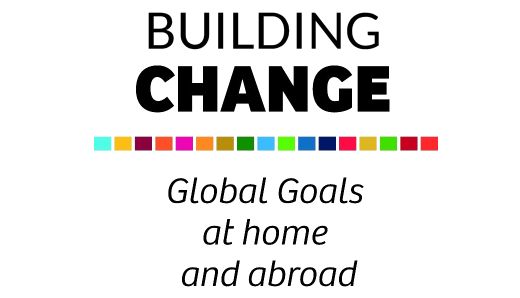In early 2019, the SDG test was introduced to test the impact of new legislative proposals on developing countries and gender equality. Building Change, a partnership between Partos, Foundation Max van der Stoel and Woord en Daad, worked to introduce this test.
Two years after its introduction, Building Change has taken stock of the actual implementation of this test. All policy documents of the five main coherence ministries (Foreign Trade & Development Cooperation, Foreign Affairs, Finance, Economic Affairs & Climate Change and Agriculture, Nature & Food Quality) since the introduction of the SDG test on 1 January 2019 were collected for this purpose. Based on that analysis, we selected 19 bills, where the SDG test should have been conducted because the bill has a clear impact on developing countries or gender equality, and subjected them to a more thorough analysis.
The main conclusion is that the SDG test is hardly applied to legislative proposals that are indeed relevant to the test. Consider, for example, bills such as Invest International, where the SDG test was omitted. In only one bill, the budget statement of Foreign Trade & Development Cooperation for the year 2020, was the impact of policies and regulations on developing countries and gender equality adequately considered.
Building Change also concludes that the implementation of the SDG test is not yet sufficiently transparent. It is often not clear whether policymakers have taken into account the impact of new legislative proposals on issues relevant to the SDG test because they are not required to explicitly report on them.
To overcome these problems, Building Change has formulated a number of recommendations to improve the implementation of the SDG test. The main thing that needs to happen is that implementation of the SDG test should be made mandatory within the policy process. What matters, however, is that the test is included in a visible way when formulating new policies and regulations. This way, it is also easier for others to see exactly how the government is implementing this test. In addition, it would also be good if civil society organisations were involved in the implementation of this test. Civil society contains a lot of knowledge and expertise that the government can make use of, and it reduces the regulatory burden on civil servants when drafting new policies.
More extensive results can be read in our infosheet and background document.
By: Koen de Hek, Partos.





